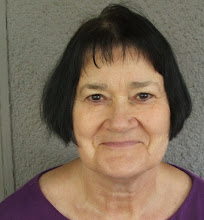Years ago, when I began teaching research writing, I realized that most of my students had little idea how to begin. I told them one of my favorite tricks, which is to make a big list of questions, 50 if you can, that you would like to answer for the reader. These could be factual questions (e.g., how many teenagers a year get pregnant) or questions that lead to in-depth discussion of ideas (e.g., what are the main reasons teenagers choose to keep their infants).
Once they had the list of questions, the writer could use it to guide research (find the answers) and then to begin writing (write the answers in full sentences and in context). By the time, she'd finished writing from the list, she'd have most of a rough draft although perhaps not in the final order. The idea works whether you're writing a term paper for a college class, an article for a magazine, or a non-fiction book. And you can keep a running list as you work on the document, crossing off answered questions and adding new ones you think of.
When I coach fiction writers, I often suggest a variation on the 50 questions called "16 solutions." If the writer is stuck on a plot point, I'll suggest he write out a list of 16 solutions: 16 things the character could do next, 16 things that could happen next, 16 people the character could meet. You get the idea. It breaks open the creativity.
Why 16/50 and not 20/45 or 12/55? I'm not sure if there's any magic in the number, other than that they are big. Our first few answers are always obvious. It's only when we get goofy, get creative, start thinking out of that box, that new ideas can come. My best solutions are often #12, 13, or 14.
Give it a try and let me know what you think.
Subscribe to:
Post Comments (Atom)


No comments:
Post a Comment